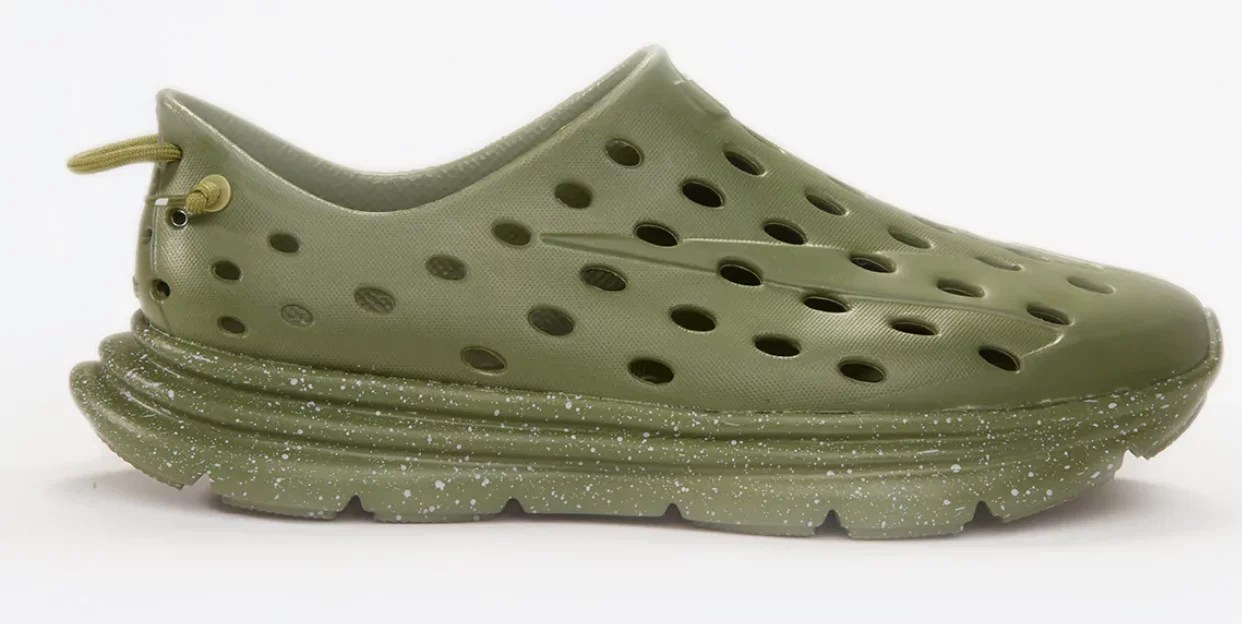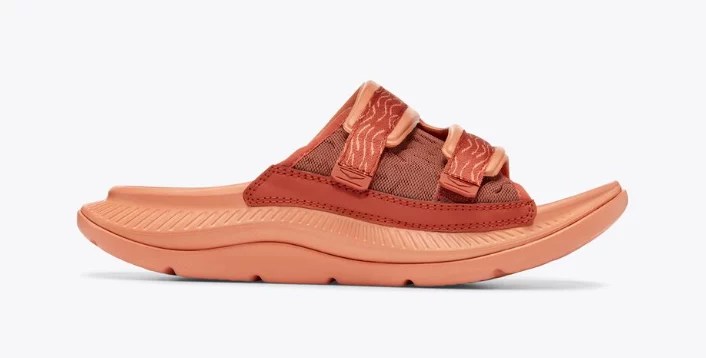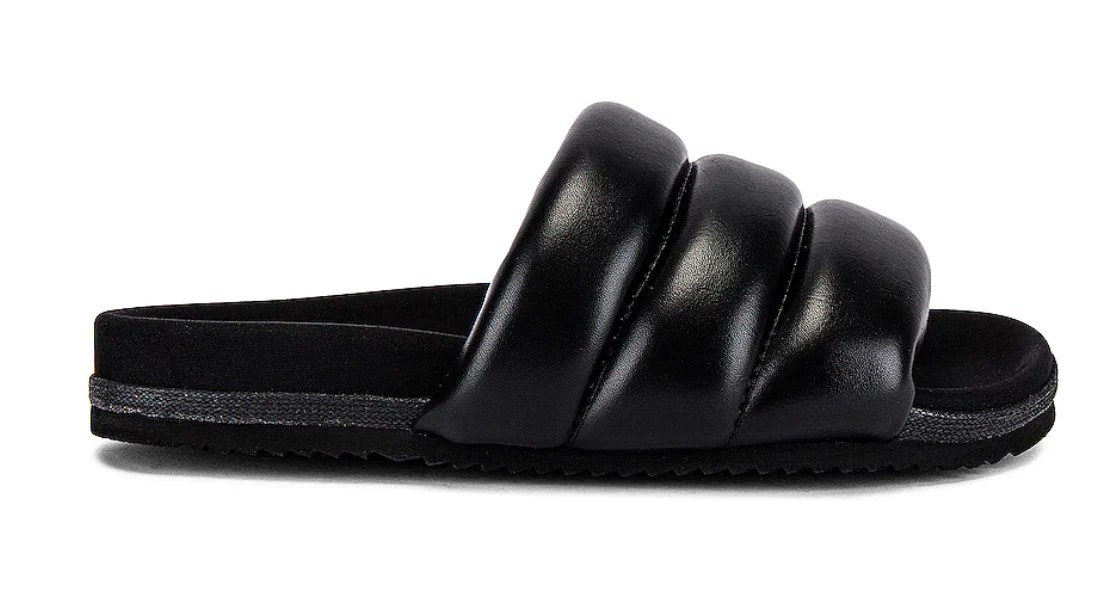No, ‘Recovery Shoes’ Aren’t Just Comfy Sneakers. Here’s the Scoop From Podiatrists—Including Their Recs
Then I got a chance to try out the OOmg EeZee Low Shoe ($130) from OOFOS. After sliding them on and walking to the grocery store and back after a long run, I experienced something I hadn’t been expecting: My feet felt refreshed. And it happened again each time I took them for a short jaunt around my neighborhood.
I can clearly feel that the footbed cradles my arch when I’m walking, so it’s almost like a low-key trigger point massage. And the toe bed is nice and wide to let my sweaty toes spread out the way they naturally want to. But I know there's gotta be more to it to explain how recharged my feet feel after a short walk. Is it just the placebo effect messing with my head?
To find out, I asked a couple of podiatrists for the scoop on what’s really going on when you wear recovery shoes.
What are recovery shoes exactly?
Recovery shoes like OOFOS’ and Kane Revive ($75) are similar to your favorite maximalist sneakers in that they’re made with a foam that boasts lots of shock absorption. OOFOS says that its proprietary foam technology absorbs 37 percent more impact than traditional footwear. (Though it’s unclear whether “traditional” refers to sneakers, or dress shoes, or just all other shoes.)
“It’s kind of like walking on a pillow,” says podiatrist Mark Mendeszoon, DPM, of Precision Orthopaedic Specialties in Ohio, who's a spokesperson for the American Podiatric Medical Association.
{{post.sponsorText}}
He adds that recovery shoes also feature more of a "fill" in the arch to support the foot from below, providing that massage I could feel while walking. And the sole is more flexible than your typical shoe, with a bottom that curves slightly upward, like a rocker, so that it takes some of the stress and forces off of your muscles and joints while walking.
“You’re using the shoe to propel off of the ground,” says New York-based podiatrist Hillary Brenner, DPM. She compares it to a miniature cam walker boot (the kind of thing you’d wear after a fracture instead of crutches). Basically, the curved sole makes walking easier.
When should you wear recovery shoes?
These shoes were designed to be used after you’ve been on your feet for a long time, whether you’re a long-distance runner or a warehouse worker who stands for hours on end.
But more isn’t merrier: Recovery shoes aren't meant for all-day wear. “The materials aren’t designed to withstand the pressures of being on your feet all day long,” says Dr. Mendeszoon. They don’t have enough structure to really hold and support your feet over a long period, he explains. “And if you use them a great bit of time, they may break down quicker and thus negate the effects of what their intentions were originally.”
Dr. Brenner says the sandal and slipper versions of recovery shoes might be your best bet. You're not going to be tempted to sub them in for walking shoes, and they’ll have more support than what you’d otherwise get in sandals or slippers.
“People, especially nowadays, are working more from home so they're putting so much more stress on their feet,” she says. While most traditional slippers won't protect your feet much, recovery slippers like OOFOS' OOcoozie mule ($115) can help offset the pressures of walking around on hardwood floors.
If you prefer a sandal, you can slip into something like the HOKA Ora Luxe ($80) as a healthier alternative to flip flops. Or try Oprah's favorite style that's actually stylish: ROAM The Puffy Slide ($137).
Who should wear recovery shoes?
Although most recovery shoes were designed with athletes in mind, anyone who spends a lot of time on their feet could reap the benefits of wearing them—as long as you have no balance or stability problems. Dr. Brenner warns that anyone with instability issues or vertigo should steer clear of these shoes because of their rocker bottoms.
Dr. Mendeszoon also warns that these are not going to be the answer to your foot problems. Whether you have plantar fasciitis or flat feet, wearing them all day long won’t magically make you feel better.
Both podiatrists underscore that moderation is key. “You always wanna rotate shoes to never get your feet too comfortable with anything,” says Dr. Brenner. “Give your feet variety.”
Loading More Posts...





